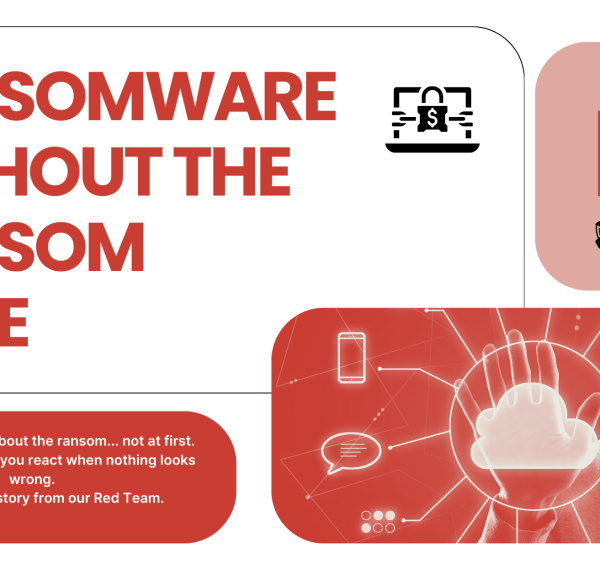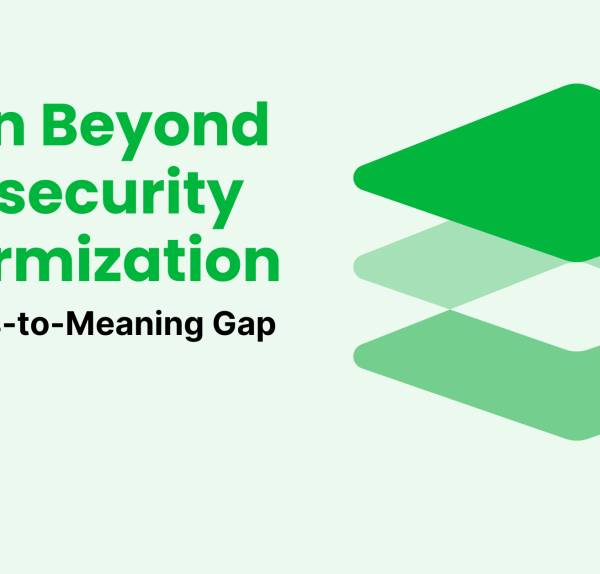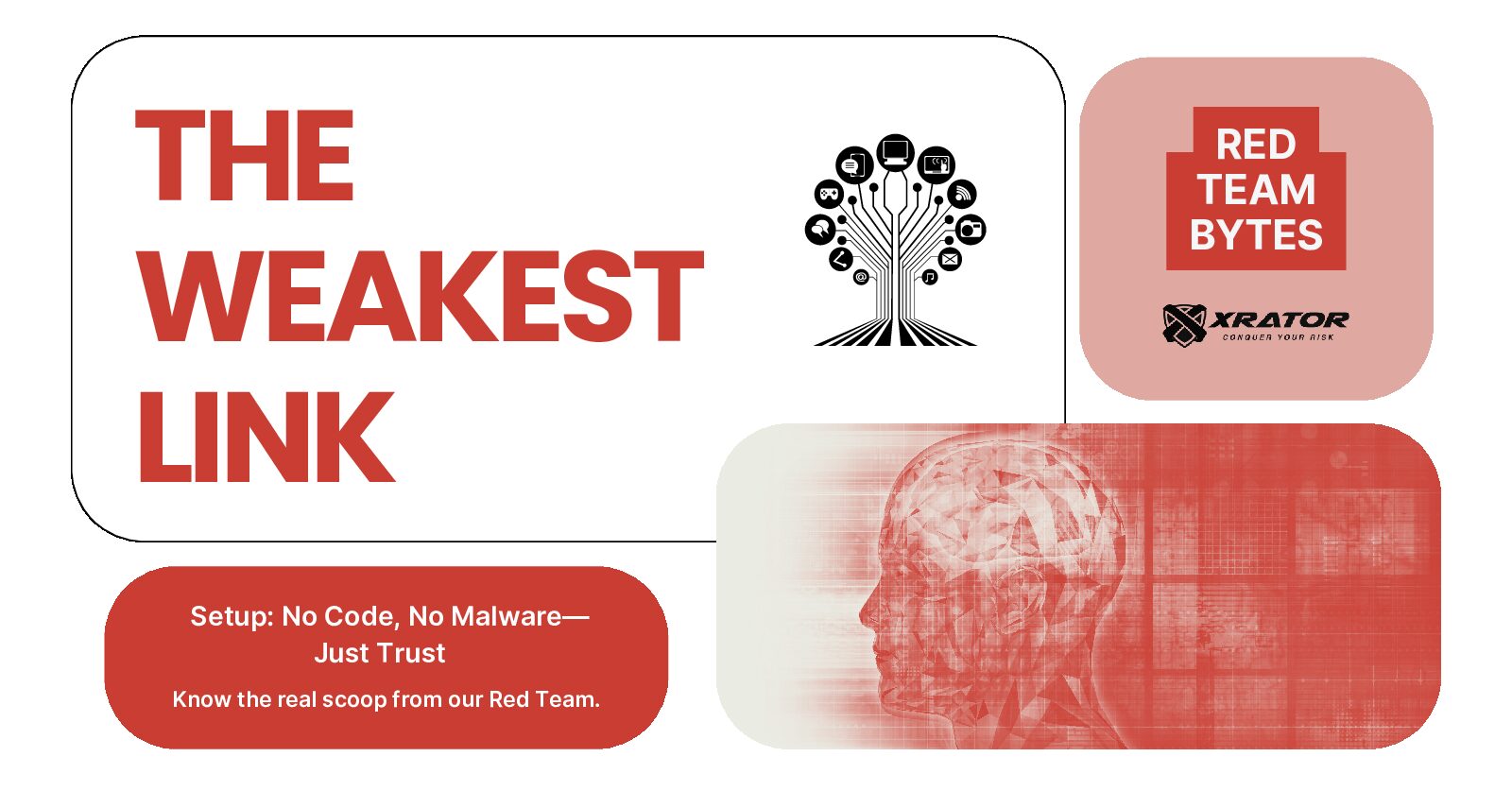Most cybersecurity conversations in aerospace start in the wrong place. They focus on endpoints, email phishing, and SOC dashboards, but the real risk often lies hidden on your production floor. Effective exposure management—the continuous identification and prioritization of cyber risks across both IT and OT environments—is now essential for protecting operations, meeting certification requirements, and maintaining trust in your supply chain.
The Common Assumption
Executives assume cyber risk comes from the outside: hackers breaching corporate systems, ransomware locking up files, phishing emails stealing credentials. So, investment and attention go toward traditional defenses—firewalls, endpoint detection, and compliance checklists.
It makes sense. These are visible. These are auditable. These are what your last audit flagged.
But here’s the problem: They are not where your real exposure lives.
The Perspective Flip
In modern aerospace environments, cybersecurity is no longer just a digital perimeter issue. It’s an operational one. Real-world cyber incidents are increasingly rooted in unmonitored, unmanaged, or misunderstood production environments.
Manufacturing was the most attacked industry in 2022, with supply chain compromise accounting for nearly 17% of all attacks, according to the IBM X-Force Threat Intelligence Index 2023. The cost? Not just downtime, but lost business, broken SLAs, reputational damage, and strained Tier 1 partnerships.
Let’s look at what this really means.
The Hidden Risk Areas
Unpatched OT Systems: From CNC machines to legacy MES systems, these critical components often run outdated firmware or software. They’re too critical to shut down, so patches get delayed or skipped entirely.
SANS found that only 15% of organizations continuously apply patches in OT environments, with many delaying patching due to operational risk (SANS ICS/OT Cybersecurity Survey 2022)
Shadow Systems: Engineering teams spin up machines, networks, or test beds for short-term needs. But they often remain undocumented, unmonitored, and unaudited.
Disconnected IT/OT Environments: Your IT and OT teams often don’t speak the same language, literally or strategically. The result is siloed visibility and fragmented security, with no unified picture of what’s truly exposed.
Third-Party Interfaces: A Tier 2 supplier connects to your design systems. A logistics vendor uploads data to your ERP. Every integration is a potential exposure point.
ENISA highlights that supply chain and third-party risks are among the top cyber threats facing critical sectors, including aerospace (ENISA Threat Landscape 2023)
Why This Matters
Aerospace production cycles are tight. Certification windows are unforgiving. A cyber disruption, even a minor one, can halt progress, raise costs, or worse, create irreversible trust issues.
Take the example of Delta Air Lines in 2024. A software update failure caused thousands of flight cancellations and over $500 million in damages (Forbes, July 2024)6.
While not a manufacturing-specific incident, it highlights how a single weakness in digital infrastructure can cascade into operational and financial chaos.
Exposure Management: The Strategic Shift
Traditional vulnerability scans and audit checklists don’t catch these risks. Why? Because they weren’t designed to.
You need a shift from checkbox security to exposure management:
Seeing your real attack surface across IT and OT
Understanding which exposures can impact production, compliance, or certifications
Prioritizing based on business risk, not just CVSS scores
That’s what XRATOR delivers.
We don’t show you everything. We show you what matters. We map exposure across your connected systems, surface the 1% that could break your operations, and guide action before incidents become outcomes.
Strategic Insight
Cybersecurity isn’t just about avoiding breaches. In aerospace, it’s about staying contract-ready, audit-compliant, and operational under pressure.
You can’t afford to wait for the next audit to find out what’s exposed.
You need clarity now.
And more importantly, you need to connect cyber risk to operational and business impact before someone else connects it for you.
XRATOR: Exposure-led. Strategy-first. Business-aligned.
Citations:
IBM X-Force Threat Intelligence Index 2023
Cybersecurity Dive, April 2025; SANS ICS/OT Cybersecurity Survey 2022; ENISA Threat Landscape 2023; Forbes, July 2024






